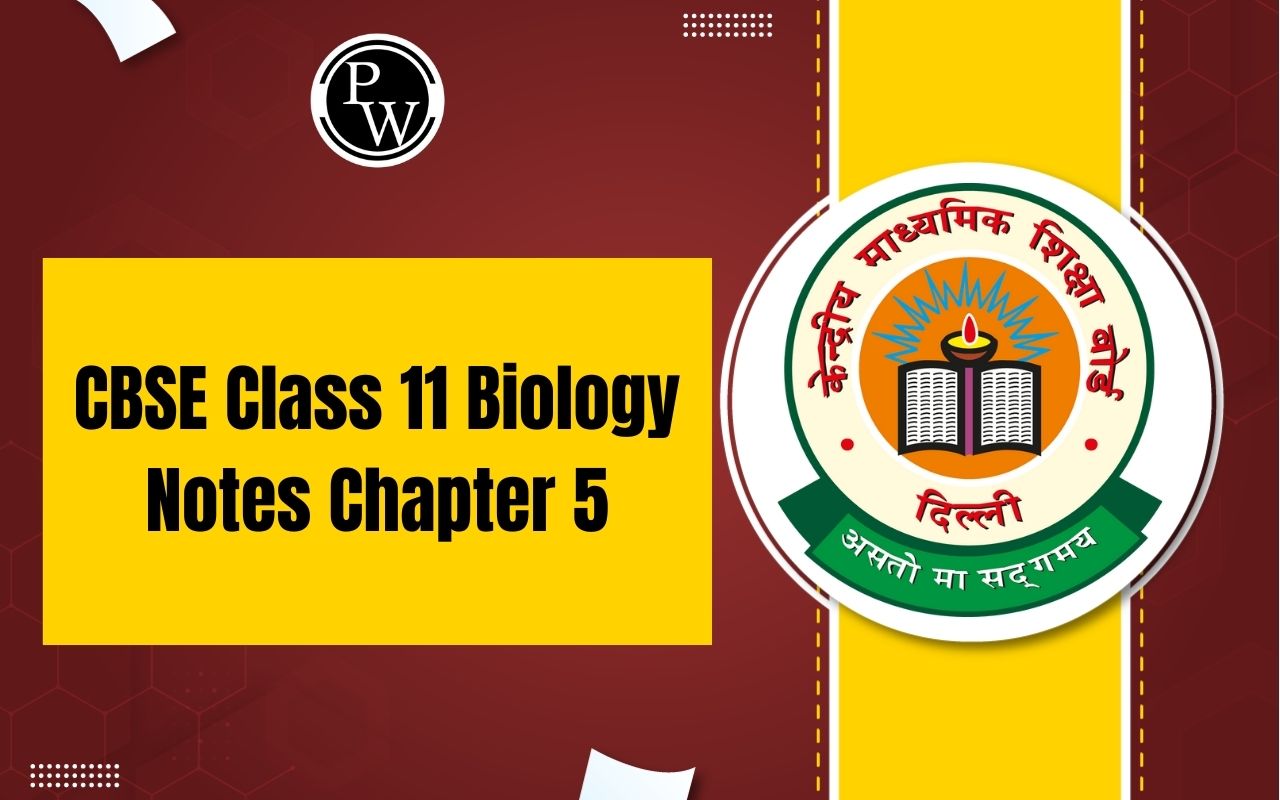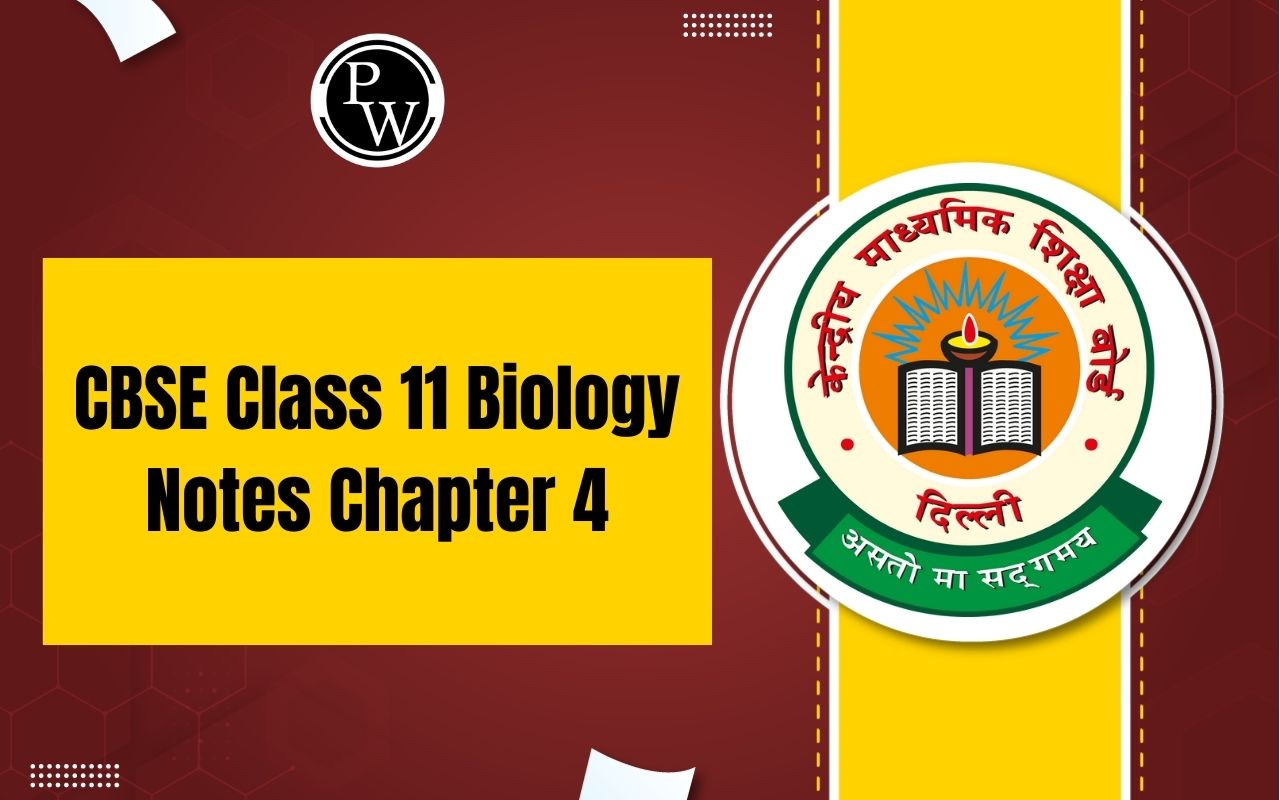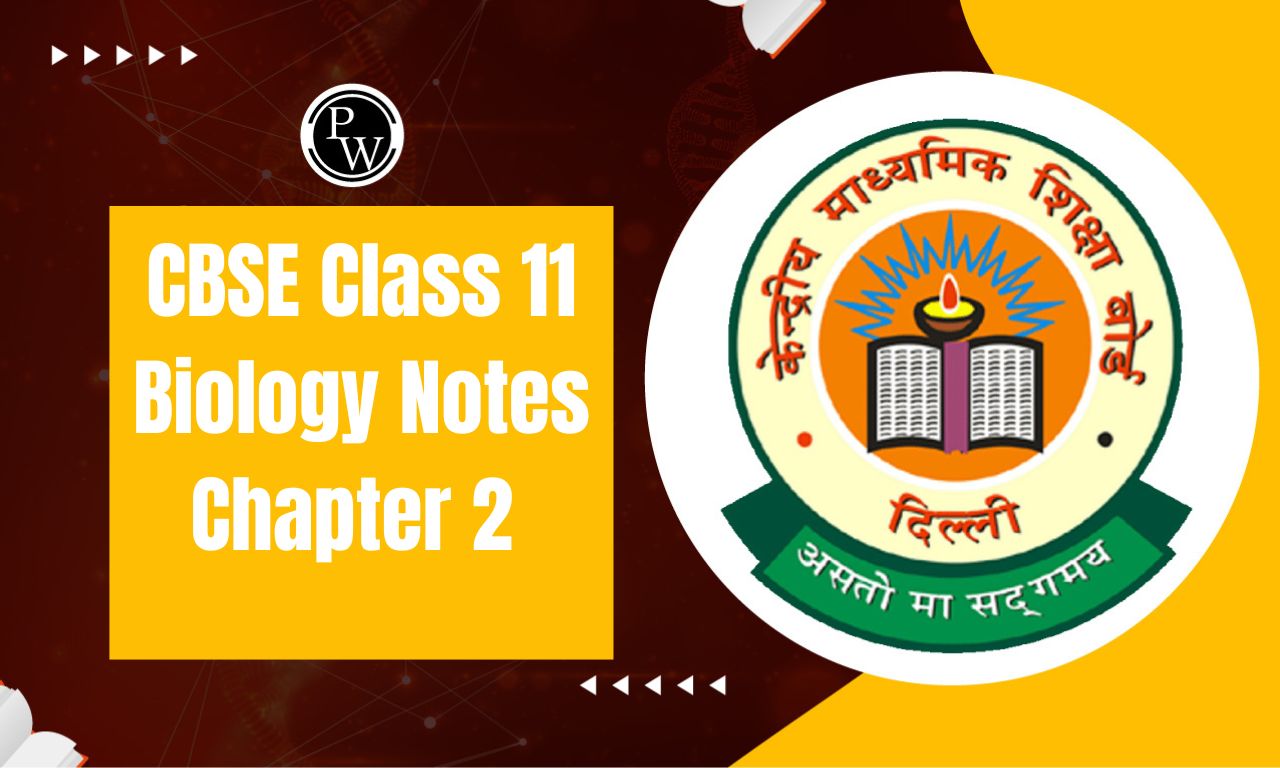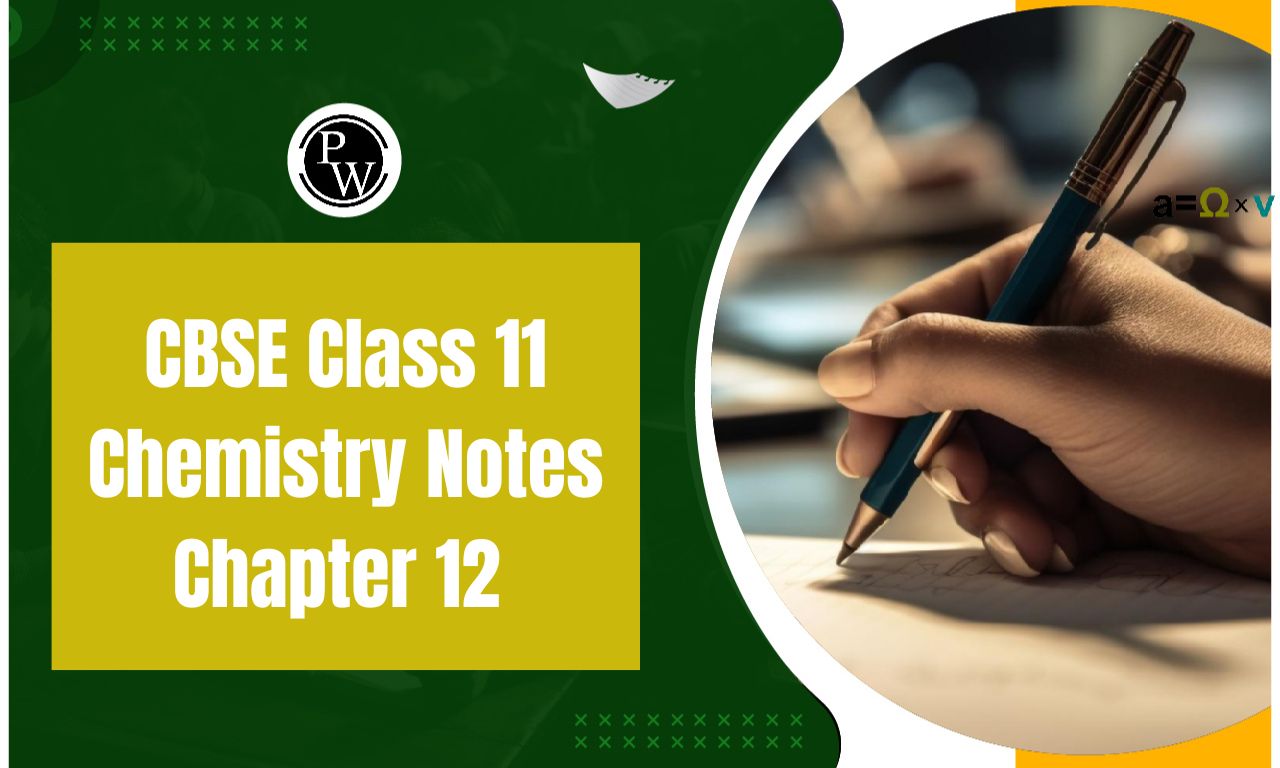
Important Questions for Class 11 Maths Chapter 15: Chapter 15 of Class 11 Maths, which covers Statistics is crucial for understanding data interpretation and analysis. Important questions from this chapter involve concepts like measures of central tendency (mean, median, and mode), probability, and graphical representations like histograms and frequency polygons.
Students should focus on solving problems related to calculating the mean and standard deviation, interpreting data sets, and understanding the properties of different measures of central tendency. Practicing questions on cumulative frequency distribution and the use of various charts will help in mastering this chapter. These topics not only help in exams but also build a strong foundation for further studies in statistics and probability.Important Questions for Class 11 Maths Chapter 15 Overview
Chapter 15 of Class 11 Maths Statistics is important for mastering data analysis and interpretation. The important questions in this chapter prepared by subject experts at Physics Wallah, cover key concepts such as measures of central tendency (mean, median, and mode), variance, and standard deviation. Practicing these questions helps students not only to improve their problem-solving skills but also to grasp the deeper concepts of data handling. These well-structured questions ensure a solid foundation for students, enhancing both exam performance and practical understanding of statistics.Important Questions for Class 11 Maths Chapter 15 PDF
The Important Questions for Class 11 Maths Chapter 15 Statistics are created to help students understand and practice the core concepts of the chapter effectively. Solving these questions will provide students with a clear understanding of how to approach different problems in statistics. The PDF link to these important questions is available below, providing an easy and accessible way for students to download and revise the key topics for their exams.Important Questions for Class 11 Maths Chapter 15 PDF
Important Questions for Class 11 Maths Chapter 15 Statistics
Here is the Important Questions for Class 11 Maths Chapter 15 Statistics-Question 1:
The variance of the given data 2, 4, 5, 6, 8, 17 is 23.33. Then find the variance for the data 4, 8, 10, 12, 16, 34. (a) 23.23 (b) 25.33 (c)46.66 (d)48.66Solution:
A correct answer is an option (c)Explanation:
For the given data: 2, 4, 5, 6, 8, 17, the variance is 23.33. To find the variance for the data: 4, 8, 10, 12, 16, 34 If you notice the data which you have to find the variance, it is the multiple of the given data. So, multiply the variance of the given data by 2, It means that, 23.33 x 2 = 46.66 Thus, the variance of the data: 4, 8, 10, 12, 16, 34 is 46.66Question 2:
Find the variance and the standard deviation for the following data: 57, 64, 43, 67, 49, 59, 44, 47, 61, 59Solution:
Given data: 57, 64, 43, 67, 49, 59, 44, 47, 61, 59To find mean (μ):
Mean (μ)= ( 57+ 64+ 43+ 67+ 49+ 59+ 44+ 47+ 61+ 59)/10 = 550/10 Mean = 55To find Variance (σ 2 ):
Variance(σ 2 ) = (x i – μ) 2 /n =(2 2 +9 2 +12 2 +12 2 +6 2 +4 2 +6 2 +4 2 +11 2 +8 2 )/10 = 662/10 =66.2 Therefore, variance(σ 2 ) = 66.2To find standard deviation (σ):
To find the standard deviation, take the square root of variance, we get Standard Deviation(σ) = √(σ 2 ) = √66.2 = 8.13 Therefore, the standard deviation is 8.13Question 3:
The coefficients of variations for the two distributions are 60 and 70 and its standard deviations are 21 and 16 respectively. Determine its arithmetic mean.Solution:
Given that, Coefficient of Variations (C.V of 1st distribution) = 60, σ 1 = 21 Coefficient of Variations (C.V of 2nd distribution) = 70, σ 2 = 16 Let μ 1 and μ 2 are the means of the 1st and the 2nd distribution. We know that the formula to find the arithmetic mean is given as: Coefficient of Variations(C.V) = (Standard Deviation/arithmetic Mean) x 100 Thus, Arithmetic Mean = (Standard Deviation/C.V)x100 Therefore, the arithmetic mean for the 1st deviation is given by: μ 1 = [σ 1 / (c.v of 1st distribution)]x100 μ 1 = (21/60)x100 μ 1 = 0.35×100 μ 1 = 35 Similarly for μ 2: μ 2 = [σ 2 / (c.v of 2nd distribution)]x100 μ 2 = (16/70)x100 μ 2 = 0.2285×100 μ 2 = 22.85 Therefore, the arithmetic mean for the 1st and the 2nd distributions are 35 and 22.85 respectively.Question 4:
Find the mean deviation about mean for the following data:| Size (x) | 1 | 3 | 5 | 7 | 9 | 11 | 13 | 15 |
| Frequency (f) | 3 | 3 | 4 | 14 | 7 | 4 | 3 | 4 |
Solution:
Let mean = μ The formula to find mean is μ = f i x i / N N = 3+3+4+14+7+4+3+4 = 42 μ = (3+ 9+ 20+ 98+ 63+ 44+ 39+ 60)/42 μ = 336/42 μ = 8 Now, to find the mean deviation about mean: The formula is: M.D(μ) = f i |x i – μ| / N M.D(μ) =[3(7)+3(5)+ 4(3)+ 14(1)+7(1)+ 4(3)+ 3(5)+ 4(7)]/42 = (21+ 15+ 12+ 14+ 7+12+ 15+ 28)/42 = 62/21 = 2.95 Therefore, the mean deviation about mean for the given data is 2.95Question 5:
Determine the mean deviation about the median for the following data:| Class | 0-10 | 10-20 | 20-30 | 30-40 | 40-50 | 50-60 |
| Frequency | 6 | 7 | 15 | 16 | 4 | 2 |
Solution:
From the given data:| Class |
Frequency
(f i ) |
Cumulative frequency (c.f) |
Midpoints
(x i ) |
|x i – Median| | f i |x i – Median| |
| 0-10 10-20 20-30 30-40 40-50 50-60 | 6 7 15 16 4 2 | 6 13 28 44 48 50 | 5 15 25 35 45 55 | 23 13 3 7 17 27 | 138 91 45 112 68 54 |
| 50 | 508 |
Benefits of Solving Important Questions for Class 11 Maths Chapter 15
Solving the important questions for Class 11 Maths Chapter 15 Statistics provide several benefits that can significantly enhance a student’s understanding and performance in the subject:Concept Reinforcement : These questions help reinforce core concepts like measures of central tendency (mean, median, mode) and dispersion (variance, standard deviation), ensuring students have a solid foundation.
Improved Problem-Solving Skills : By practicing these important questions, students become more adept at solving a variety of statistical problems, improving both speed and accuracy.
Familiarity with Exam Format : The questions are created to reflect the type and difficulty level of problems that may appear in the actual exam, making students more familiar with the exam format.
Boosted Confidence : Regular practice with these questions helps build confidence, as students become well-prepared for any question that might arise during the board exam.
Time Management : Working through these questions allows students to practice time management, an essential skill for completing the exam within the allotted time frame.
Targeted Revision : These questions focus on key areas within the chapter, allowing students to prioritize their revision and address areas where they may need additional practice.
Better Understanding of Data Interpretation : Through these questions, students get more comfortable with interpreting data and applying appropriate statistical methods, which is crucial for mastering the chapter.
Improved Exam Performance : Consistently practicing important questions helps students score better in exams by ensuring they are thoroughly prepared and can handle complex problems with ease.
Important Questions for Class 11 Maths Chapter 15 FAQs
What is Statistics in Mathematics?
How do you calculate the mean of a grouped data set?
What are cumulative frequency and its importance in statistics?
What is probability in statistics?










